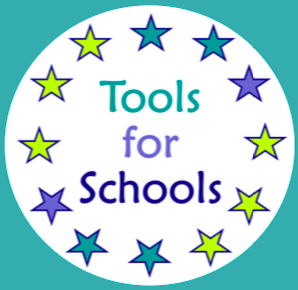



This strategy contains ideas and ways that you can check in to see if your student is learning, even if it does not look like conventional learning or attention
Children who flex is designed for may struggle to pay attention, and when they are paying attention it might not "look" like it! This strategy is to give both you and the child a system for checking in, giving them freedom to learn their way but reassuring you that they are engaging with the lesson
 Gauging engagement quiz
Gauging engagement quiz What learning looks like mythbuster
What learning looks like mythbuster What engagement looks like mythbuster
What engagement looks like mythbuster Planning template (simple)
Planning template (simple)  Planning template (more detail)
Planning template (more detail) Agreed cues template
Agreed cues template Reflection template
Reflection templateRelated strategies: See also Feet Off the ground, InterACTIVE tactics and Moving is grooving (activity menus)